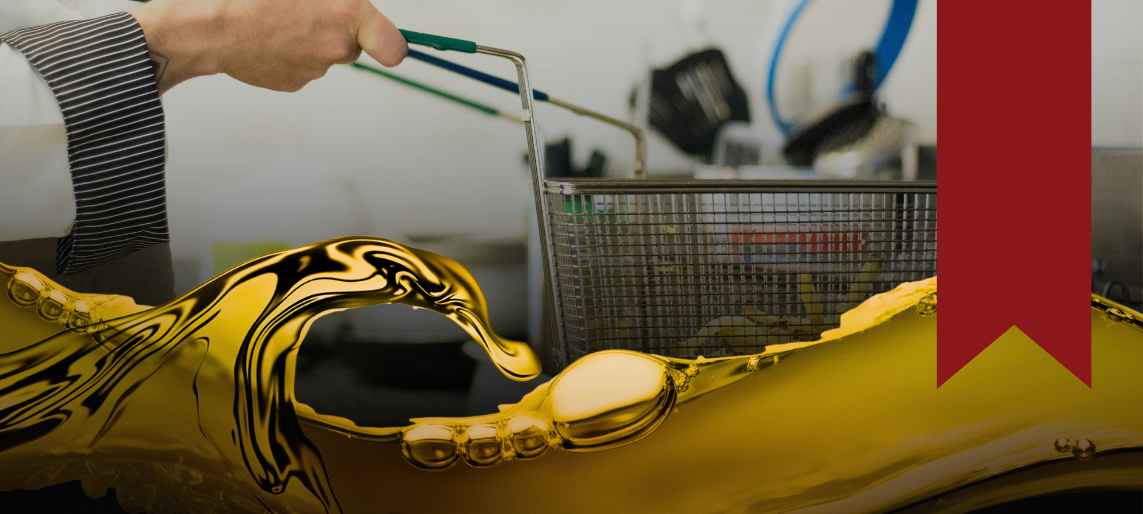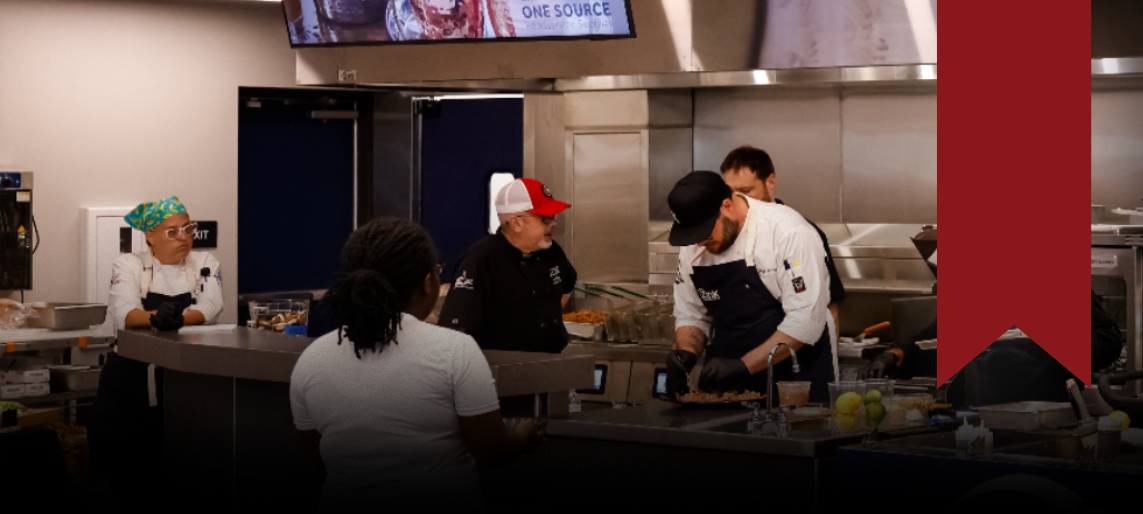
Summary
At a Glance
- Best Overall Choice: Stainless steel utensils (durable, heat-resistant, dishwasher-safe)
- Prep Must-Haves: Tongs, spatulas, ladles, whisks
- Serving Must-Haves: Knives, forks, spoons, carving sets
- Buying Tip: Start with commercial-grade steel tools for daily use, and bulk-buy items that often get lost (like spoons and tongs).
Need help choosing or sourcing the right equipment for your kitchen? Contact us today and our team will walk you through the best options for your space.
Why the Right Utensils Matter in a Busy Kitchen
Think about your own kitchen on a busy night. Orders are stacking up, the grill is full, and then—snap—a carving knife gives out right when you need it most. Or maybe you’ve had that moment where the prep line is hunting for tongs that seem to disappear every shift. Frustrating, right?
These little breakdowns add up. The truth is utensils aren’t just “tools” you replace every so often. They’re the backbone of service speed, safety, and efficiency. When you have reliable gear, your team stays focused on cooking instead of wasting time fighting with equipment.
Material Matters: What to Know Before You Buy
Let’s start with materials. The right choice depends on how (and how often) you use your tools.
- Stainless Steel: Durable, heat-resistant, and dishwasher safe. Great for prep, line work, and service.
- Plastic: Lightweight and affordable but can warp under heat or break over time. Best for serving stations or light-duty backup.
- Bamboo or Wood: Good for certain plating or front-of-house aesthetics but requires more care and can absorb moisture or odors.
For most commercial kitchens, stainless steel is the workhorse because it holds up to heat, heavy use, and constant washing.
Use-Based Breakdown: Prep vs. Serving Tools
Not all utensils are meant to do the same job. Here's how to think about them:
Prep Tools
- Tongs, ladles, spatulas, whisks
- Built for heat, speed, and grip
- Look for reinforced handles and comfortable grips
Serving Tools
- Spoons, forks, knives, pie servers, carving sets
- Focus on presentation, control, and portion consistency
- Consider weight and polish if guests will see or use them directly
Durability, Cleaning, and Cost Considerations
Efficiency comes from tools that don’t fail mid-shift. When evaluating utensils, it's important to:
- Go for commercial-grade steel or reinforced plastics
- Avoid tools with glued or loose-fitting handles
- Choose dishwasher-safe and NSF-listed (National Sanitation Foundation) materials for food safety and timesaving
- Don’t overspend on aesthetics unless the tools are guest-facing
Think of utensils as long-term assets, not just one-time supplies.
Bulk Buying and Sourcing Advice
Some tools are worth buying in bulk. Especially the ones that disappear or accidentally get tossed during busy cleanup:
- Prep spoons
- Stainless tongs
- Basic forks and knives
- Heat-safe spatulas and scrapers
For tools used in front-of-house or formal catering, start with a small batch first. Test them in service, see how they hold up, and scale from there.
And if you’re buying across multiple stations, keep consistency in mind. Uniform utensils are easier to store, clean, and replace.
Conclusion
You don’t have to overhaul everything at once. Start with the tools your team reaches for every day. The ones that get washed five times a shift and never seem to be in the drawer when you need them.
If those tools are built to last, the rest of the line begins to feel a little more efficient.
FAQs
What are essential utensils for a kitchen?
Tongs, spatulas, ladles, whisks, prep spoons, and carving tools are must-haves. These cover core prep and serving tasks and should be heat-resistant, durable, and easy to clean. Having extras on hand helps avoid delays during service.
How do I choose between stainless and plastic cutlery?
Stainless steel is stronger, lasts longer, and looks more professional, which is ideal for daily service and guest-facing setups. Plastic works for casual, disposable use but wears down faster and can’t handle heat as well.
What’s the best way to clean cutlery?
Use a commercial dishwasher or wash in hot, soapy water. Dry promptly to prevent spotting or rust. Avoid harsh scrubbing on polished or bamboo pieces, and don’t soak wood-handled tools to prevent damage.











